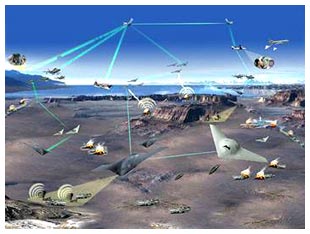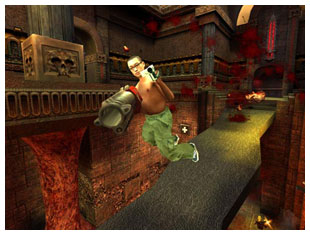While the ambitious ubergeeks are cobbling together head-mounted gear and lugging around home-made versions of a Xybernaut to play augmented reality games (like ARQuake which I’ve mentioned here before), the geektrepeneurs are surveying what’s available, bending it to their will, and coming up with interesting applications. And the latest example seems to be Camblaster, an interesting combination of cellphone camera technology and mobile gaming.
I think Jamais Cascio who posted this item over on WorldChanging.com where I found it, has already written what I’m thinking; so just go read his entry.
And for the industrial designers that read this blog, while you’re visiting the WorldChanging site, check out two other articles: this one on China and this one covering Bruce Sterling’s piece on technology.


